

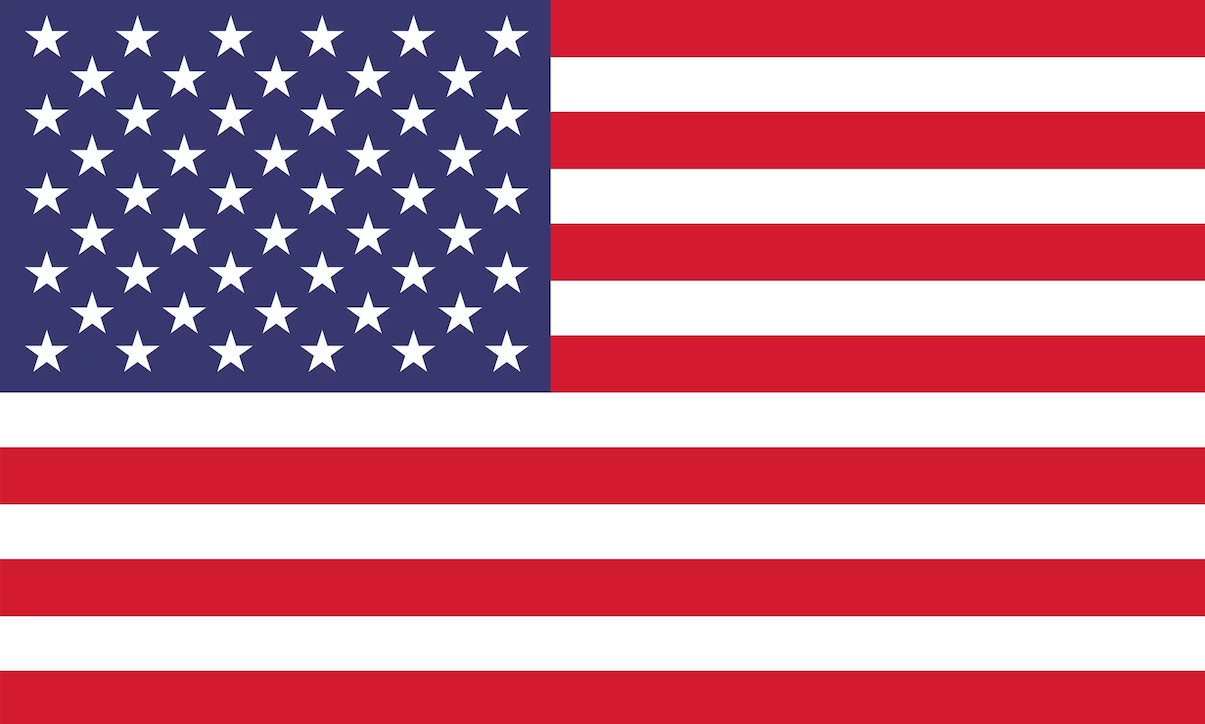
|
Cuban Heritage |

|
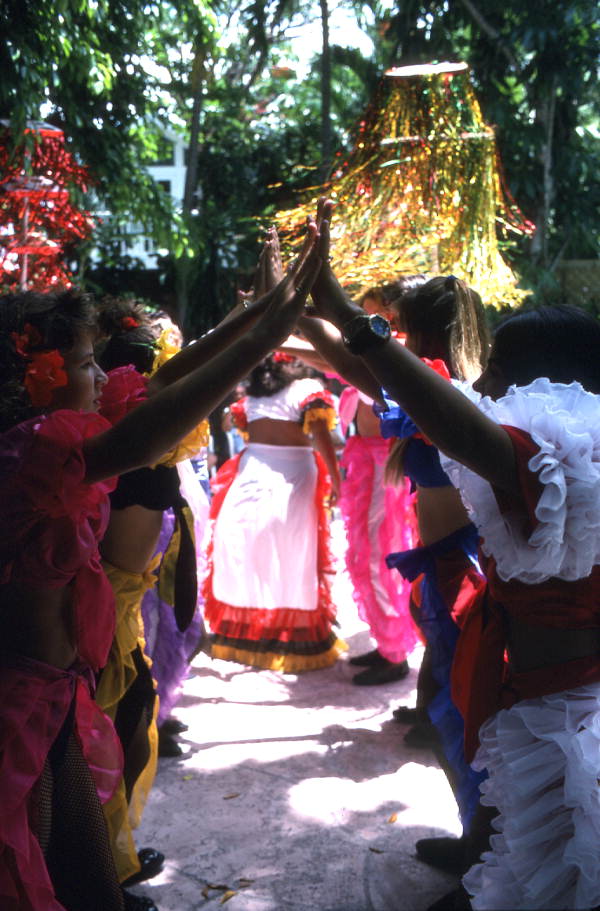 |
Cuban Immigrants in the United States
Although Cuba limited emigration of its residents, three events after the 1959 revolution
allowed Cubans to exit the island for the United States. The 1980 Mariel boatlift brought
nearly 125,000 Cubans to Florida. Continued migration by sea to the United States led to
the 1995 establishment of the wet-foot, dry-foot policy, which allowed any Cuban arriving
by land or sea to remain in the United States legally. Despite recently resumed sanctions
against Cuba and increased deportations of Cuban nationals, the Cuban Adjustment Act remains
in effect today" (Blizzard and Batalova). |
Aleida Martinez-Garrido interview for the Cuban-Americans Slide and Tape Project
|
One reel to reel. Interveiw with a Cuban immigrant about the Cuban American community in Miami. Topics include: Reasons for immigration; life in Cuba; Communism; Fidel Castro (and jokes/anti-Castro movements), bolita; Santeria; quince; acculturation of Cuban Americans; the Mariel boat lift on 1980. Interview conducted for a slide/tape program on Cuban-Americans, a copy of which can be found on T80-95.
Recorded in Miami, Florida in the year 1980. |
Ana Blanco interview for the Duval County Folk Arts in Education Project
|
One audio cassette. Blanco disscuses living in Cuba until 1962; learning lace making; teaching others and doing festivals; process and items made in Cuba; bobbin lace; lace making techniques; patterns; bobbing; stitches; English and Spanish lace; machine-made lace; uses of her lace; and lace making in Jacksonville.
Recorded on July 21, 1988 in Jacksonville, FL. |
Billy Sanchez interview for the Palm Beach County Folk Arts in Education Project
|
Two audio cassettes. (Note on depositor agreement that interview cannot be reproduced in newspapers.) Sanchez oversees cane burning and cutting, as well as recruiting workers for a local sugar grower. His father was rancher in Cuba, who left as political exiles in the 1960s. In the interview, he discusses recruiting cane cutters in Jamaica; training workers; pay schemes; labor camps (set-up, conditions); field burning; types of workers: head pushers, ticket writers, camp supt., demonstrators; unions in Jamaica; and working conditions.
Recorded on January 17, 1987 in Palm Beach County, FL. |

|
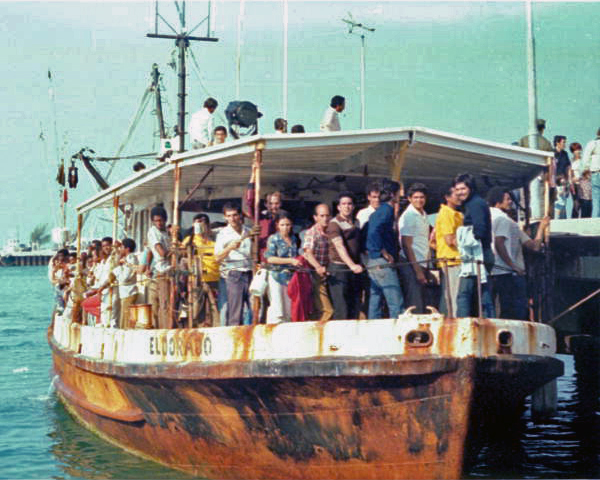
|
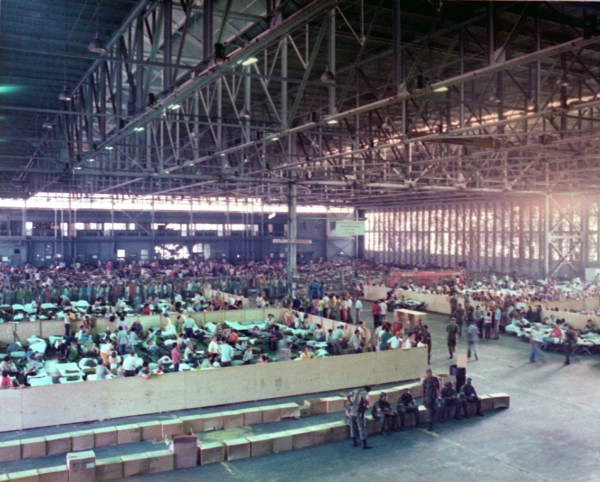
|
|
A woman hand rolling Padron cigar in a Cuban cigar factory - Miami, Florida. |
"Foxy Lady" and "Matilde" returning from Mariel, Cuba with refugees on board - Key West, Florida. |
Cuban refugees from the Mariel Boatlift being temporarily housed in seaplane hangar at Trumbo Point - Key West, Florida. |
|
1900s |
1980 |
1980 |
|
|
|
|
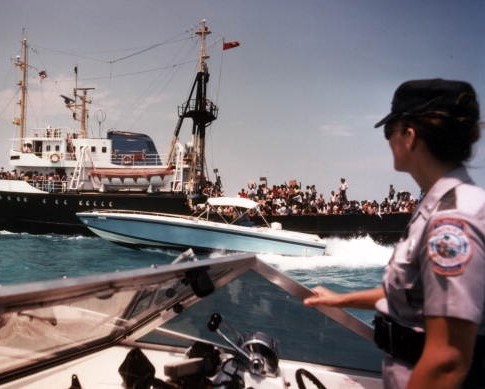
|

|

|
|
Florida Marine Patrol officer monitoring the Mariel Cuban Boatlift |
School bus loaded with refugees from Mariel, Cuba - Key West, Florida. |
Florencio Baro teaching his apprentices the rhythms of bembe. |
|
1980 |
1980 |
1989 |
|
|
|
|

|
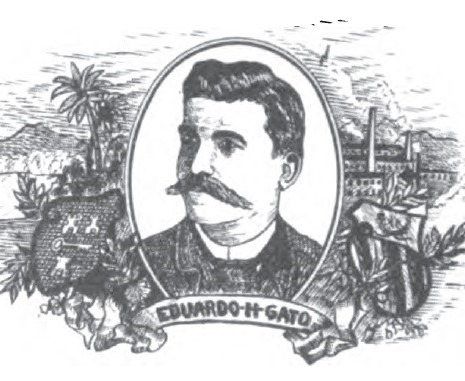
|
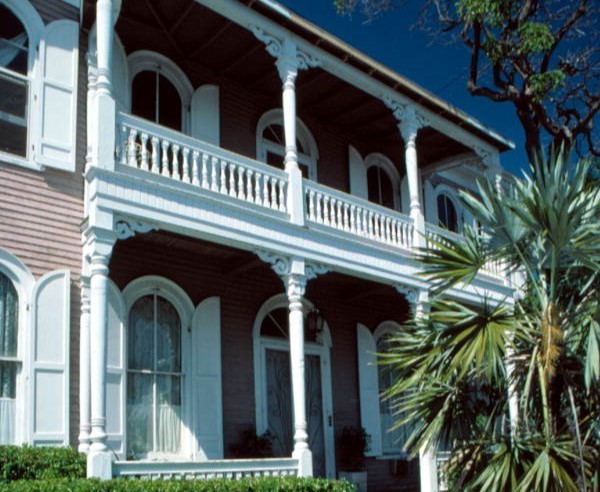
|
|
The former Mercedes Hospital at 1209 Virginia Street in Key West. The building was later converted into residential apartments. |
Bust portrait of Eduardo Hidalgo Gato, in the Official Gazette of the U.S. Patent Office. |
Gato House apartments, formerly the Mercedes Hospital in Key West. |
|
1990 |
1906 |
1988 |
|
|
|
|
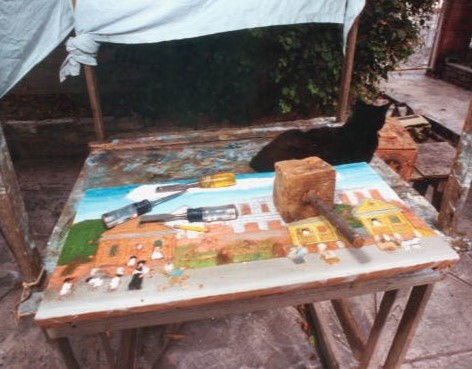
|
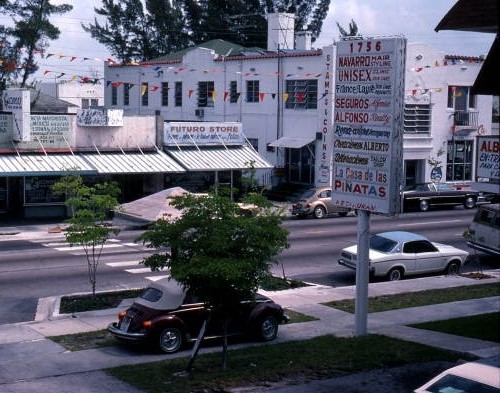
|

|
|
A Mario Sanchez work in progress - Key West, Florida Accompanying note: "'Work in progress'. Shown is Mario Sanchez's tools, work stand and wood carving. Photo taken during a break in Mario's work at his brother 'Perucho's' house on Catherine Street, Key West, Florida." |
A section of downtown Little Havana - Miami, Florida. |
Aerial view of the Casa Marina Hotel - Key West, Florida. Note the Army vehicles near the white building at the bottom left. It used to house employees of the Casa Marina. During the Cuban Missile Crisis in 1962 the building wasn't open at the time and became one of the places that the Army stayed. |
|
1992 |
1980 (circa) |
1965 |
|
|
|
|
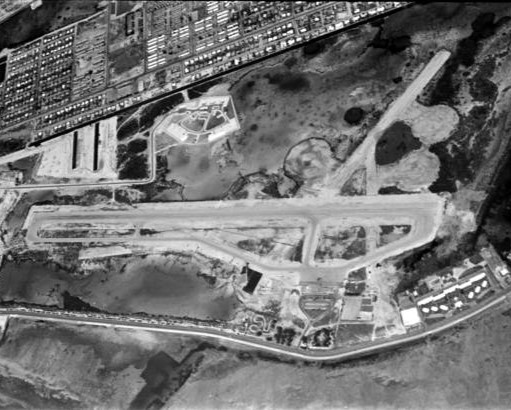
|

|

|
|
Aerial view of the Key West International Airport. Accompanying note: "Shows Army HAWK Missile Battery, placed there during the Cuban Missile Crisis, located just above runway near center of photo." |
American Public Welfare Association session on Cuban refugee assistance, 1962 – program – Miami Beach, FL. |
Program for a special session of the Southeast Regional Conference of the American Public Welfare Association held September 5, 1962 in the Grand Ballroom of the Americana Hotel on Miami Beach. |
|
1960 (circa) |
1962 |
1962 |
|
|
|
|
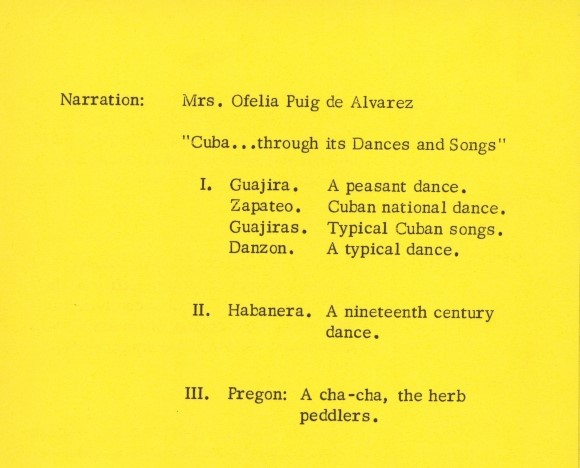
|

|
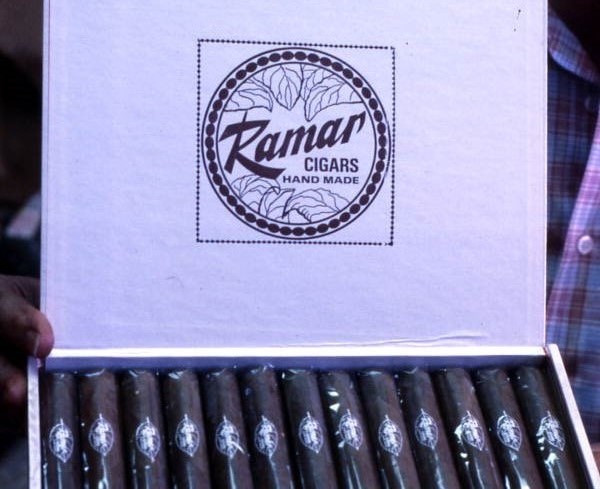
|
|
The session was titled "Cuban Refugee Assistance," and included speakers from both the federal government and the state-run Cuban Refugee Assistance Program headquartered in Miami. |
The program also included cultural components featuring traditional Cuban dances. |
An open box of handmade Ramar Cigars in Little Havana - Miami, Florida. Accompanying note: "Aside from customs, beliefs, games, music and foodways, traditional crafts are part of folk culture. Cuba has long been noted as a cigar-making capitol in the world. When Cubans immigrated to Florida, they brought with them the folk knowledge of how to prepare and cure handmade cigars. These traditional skills are still practiced in the Florida centers of Cuban population: Key West, Tampa, and Miami." "Cigar-rolling is a traditional skill, learned in Cuba, that has enriched Miami's small industries." |
|
1962 |
1962 |
1980 (circa) |
|
|
|
|
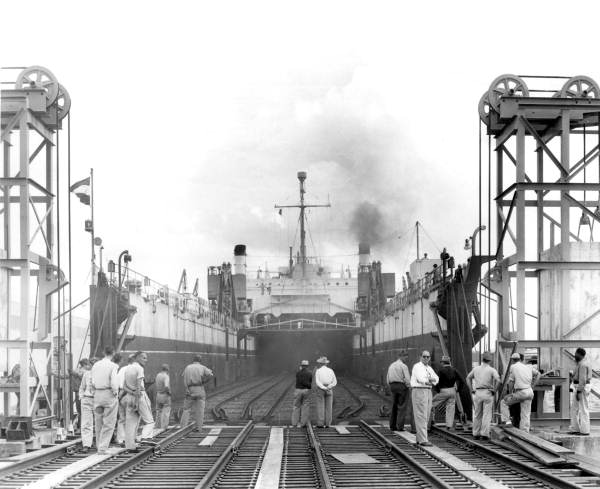
|
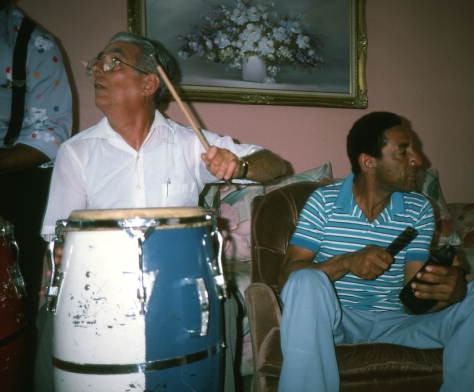
|

|
|
"Antonio Maceo" of the Suwannee Trainferry Lines ready to load - Port Everglades, Florida. Interior of the Cuban car ferry showing the railroad lines from Port Everglades and how freight cars are handled directly on the ferry and to Cuba. |
Apprentices Julio Parada and Marcial Hernandez learning the rhythms of bembe from Florencio Baro - Miami Beach, FL. |
Artist Mario Sanchez accepting the 1991 Florida Folk Heritage Award - White Springs, Florida. Cuban-American woodcarver and painter born in Key West in 1908. Mr. Sanchez's works celebrate and record the history of community life in the 1920s, 1930s, and 1940s in Key West and in Ybor City, Tampa. |
|
1953 (circa) |
1990 |
1991 |
|
|
|
|
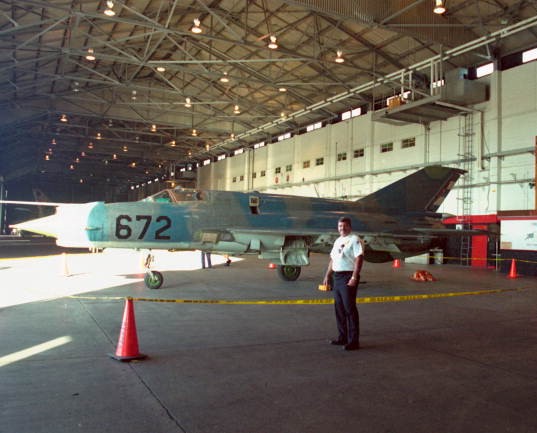
|

|
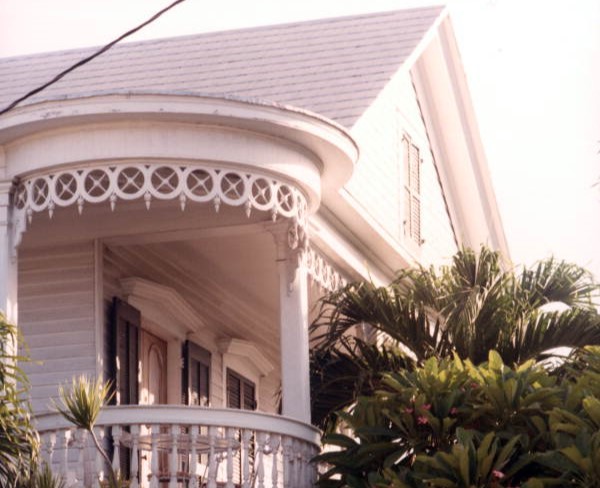
|
|
Assistant Fire Chief Dale McDonald posing with the Cuban MIG-21 parked inside building A-981 after defection to NAS Key West. |
Author Roberto Fernandez poses with his books - Tallahassee, Florida. Accompanying note "Author Roberto G. Fernandez is shown recently in his office. Frenandez has authored a humorous novel, the first in english, about Miami's Cuban community entitled "Raining Backwards". |
Balcony at the Cuban Consulate house located at 1001 Eaton Street - Key West, Florida. |
|
1993 |
1988 |
1989 |
|
|
|
|
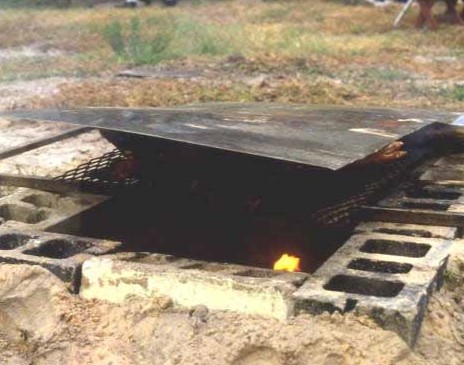
|
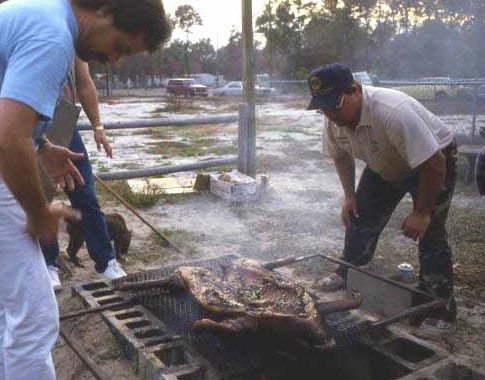
|
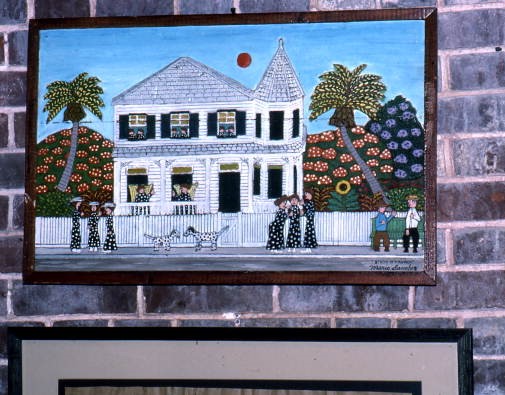
|
|
Barbecue pit set up for a lechon - Jacksonville, Florida. Lechon is roasted whole pig. This picture was taken at a barbecue at the residence of Estrela Sotolongo. |
Barbecuing lechon - Jacksonville, Florida. Lechon is roasted whole pig. This picture was taken at a barbecue at the residence of Estrela Sotolongo. The pig is being barbecued in the Cuban style. |
Bas-relief painting "Birth of a Rumor" by Mario Sanchez, 1991 Folk Heritage Award Winner- Key West, Florida. Cuban-American woodcarver and painter born in Key West in 1908, Mr. Sanchez's works celebrate and record the history of community life in the 1920s, 1930s, and 1940s in Key West and in Ybor City, Tampa. |
|
1988 |
1988 |
1991 |
|
|
|
|

|

|
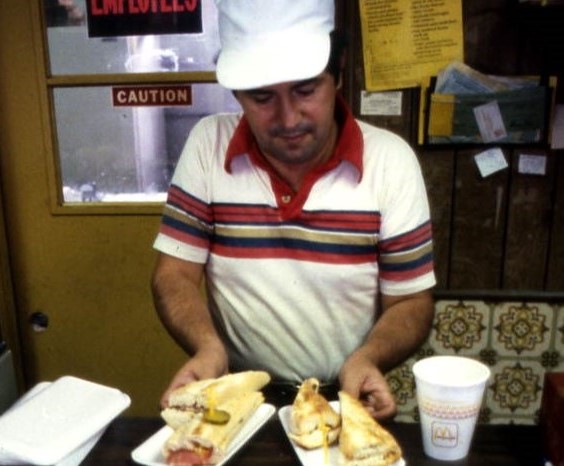
|
|
Bata drummer performing Santeria music with Ernesto Pichardo at Historical Museum of Southern Florida during Traditions Festival - Miami, Florida. |
Boat loaded with Cuban refugees arriving in Key West during the Mariel Boatlift. Accompanying note: "Boat load of Cuban refugees entering basin of the old Key West Naval Base. Heading to pier 'B' for processing." |
Bobby Ulloa, owner of the Cuban Bakery of Jacksonville, with Cuban sandwiches - Jacksonville, Florida. |
|
1986 |
1980 |
1984 |
|
|
|
|

|
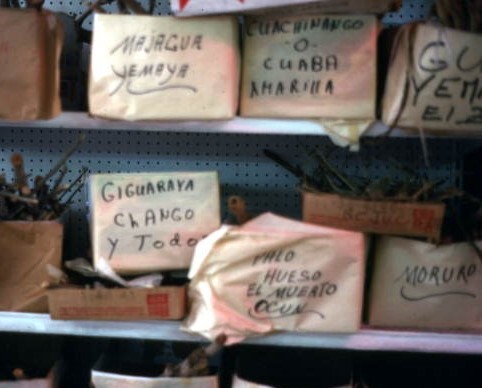
|
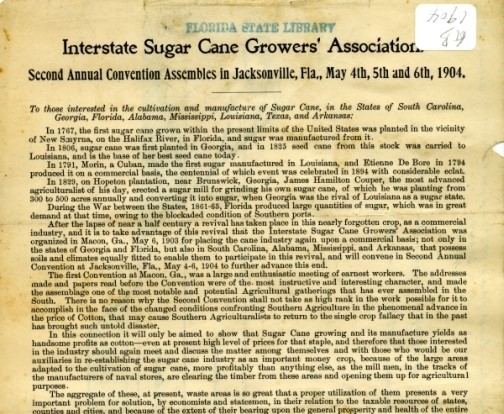
|
|
Bobby Ulloa, owner of the Cuban Bakery of Jacksonville, with two customers - Jacksonville, Florida. |
Boxes of sticks used for ritual purposes sold at "Queipo Market" - Miami, Florida. "Santeria is a Cuban religious expression that has become a visible part of folk culture in Miami." |
Broadside announcing the second annual convention of the Interstate Sugar Cane Growers' Association. In 1767, the first sugar cane grown within the present limits of the United States was planted in the vicinity of New Smyrna, on the Halifax River, in Florida, and sugar was manufactured from it. |
|
1984 |
1980 (circa) |
1904 |
|
|
|
|
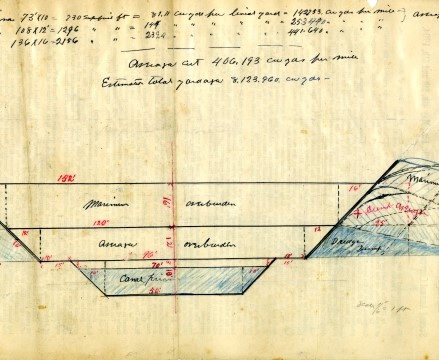
|
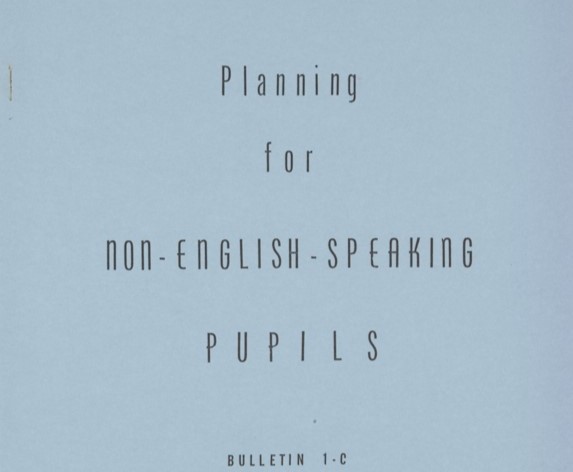
|
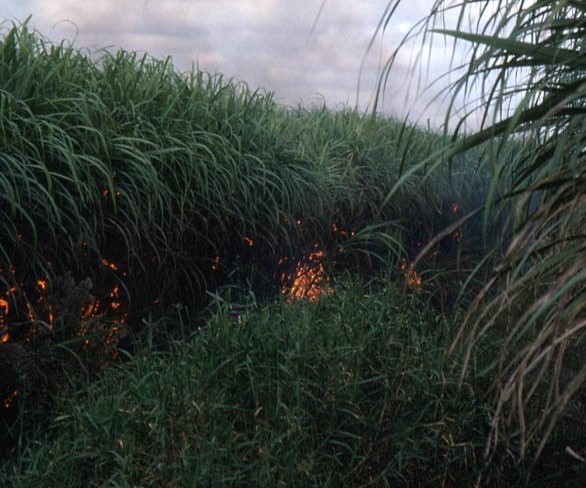
|
|
In 1806, sugar cane was first planted in Georgia, and in 1825 seed cane from this stock was carried to Louisiana, and is the base of her best seed cane today. In 1791, Morin, a Cuban, made the first sugar manufactured in Louisiana, and Etienne De Bore in 1794 produced it on a commercial basis, the centennial of which event was celebrated in 1894 with considerable clat. |
Bulletin, Planning for Non-English-Speaking Pupils – Dade County, FL. Curriculum Bulletin 1-C issued by the Dade County Public Schools, titled "Planning for Non-English-Speaking Pupils." The document describes teaching strategies and procedures recommended by a special committee of the local County Curriculum Council in light of the recent influx of Cuban refugees in Dade County. |
Burning a sugar cane field - Pahokee, Florida. In 1960 Cuban immigrants Pepe and Alfy Fanjul moved their sugar manufacturing operation to Florida, and bought 4000 acre Osceola Farms. By the mid-1980s, it was earning 240 million a year with tens of thousands of acres. By the 1990s, the company became Florida Crystals, and was the state's largest sugar company, one of the companies often nicknamed as Big Sugar. |
|
1904 |
circa 1961 |
1986 |
|
|
|
|
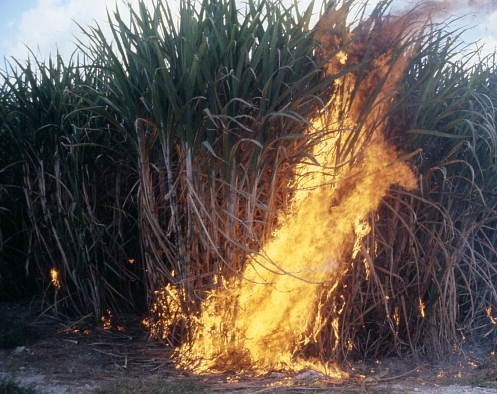
|
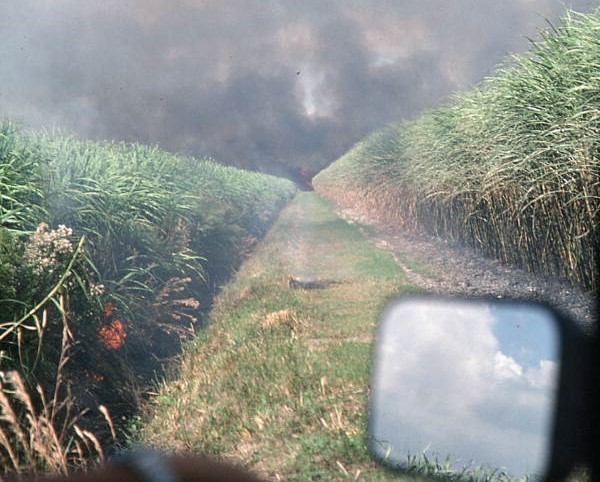
|

|
|
Burning a sugar cane field - Pahokee, Florida. Burning the sugar cane destroys the leaves and makes it easier to cut the cane. |
Cane field being burned - Pahokee, Florida. |
Captain Tony Terracino talking with men on the set of the movie "Cuba Crossing" - Key West, Florida. |
|
1986 |
1986 |
1980 (circa) |
|
|
|
|

|
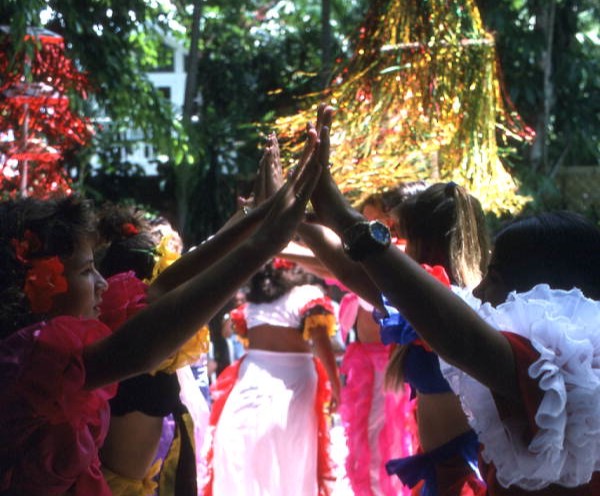
|
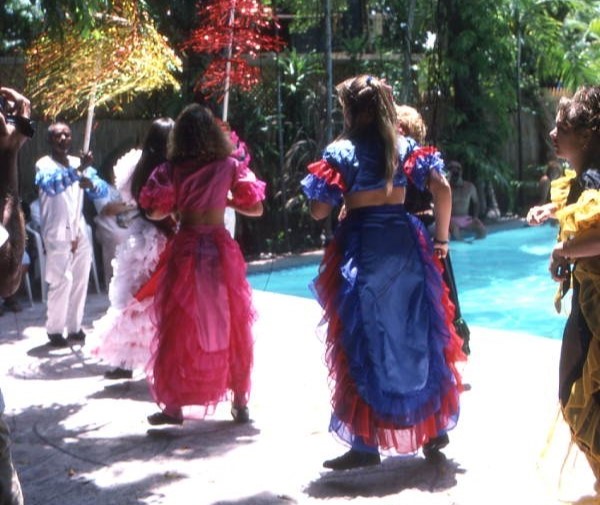
|
|
Card advertising a television program called The Cuban Confusion. Card advertising a television program entitled "The Cuban Confusion" about the Cuban refugee situation in Miami. The program addressed the effect of the Cuban in-migration on Miami and the question of what should be done in the future. The program was scheduled for January 11, [1961] at 10:30pm on WJXT. It was sponsored by the Independent Life and Accident Insurance Company and the Herald Life Insurance Company. |
Cayo Hueso Comparsa Dancers practicing- Key West, Florida. Irene and Emelia Fernandez served as master artists of the comparsas dance for several apprentices. The comparsas tradition was revived by Emelia Fernandez in Key West. Danny Acosta led the band that accompanied the dances. The Cuban dance has African roots and is usually performed in long conga lines. Dancers dress in elaborate, ruffled outfits. The tradition began in Key West in 1938. Emelia herself arrived in Florida in 1959. She and her daughter revived the dance tradition in the early 1990s. |
Cayo Hueso Comparsa Dancers practicing- Key West, Florida. |
|
circa 1960s |
1991 |
1991 |
|
|
|
|
|
|
||

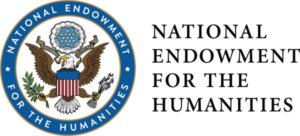
|
|
Funding for this program was provided through a grant from the Florida Humanities with funds from the National Endowment for the Humanities. Any views, findings, conclusions or recommendations expressed in this website do not necessarily represent those of Florida Humanities or the National Endowment for the Humanities. |

|
|
Florida SouthWestern State College, an equal access institution, prohibits discrimination in its employment, programs and activities based on race, sex, gender, age, color, religion, national origin, ethnicity, disability, pregnancy, sexual orientation, marital status, genetic information or veteran's status. The College is an equal access/equal opportunity institution. Questions pertaining to educational equity, equal access, or equal opportunity should be addressed to Title IX Coordinator/Equity Officer, 8099 College Parkway, Fort Myers, Florida 33919, equity@fsw.edu, 239.489.9051 or to the Assistant Secretary for Civil Rights, United States Department of Education. |